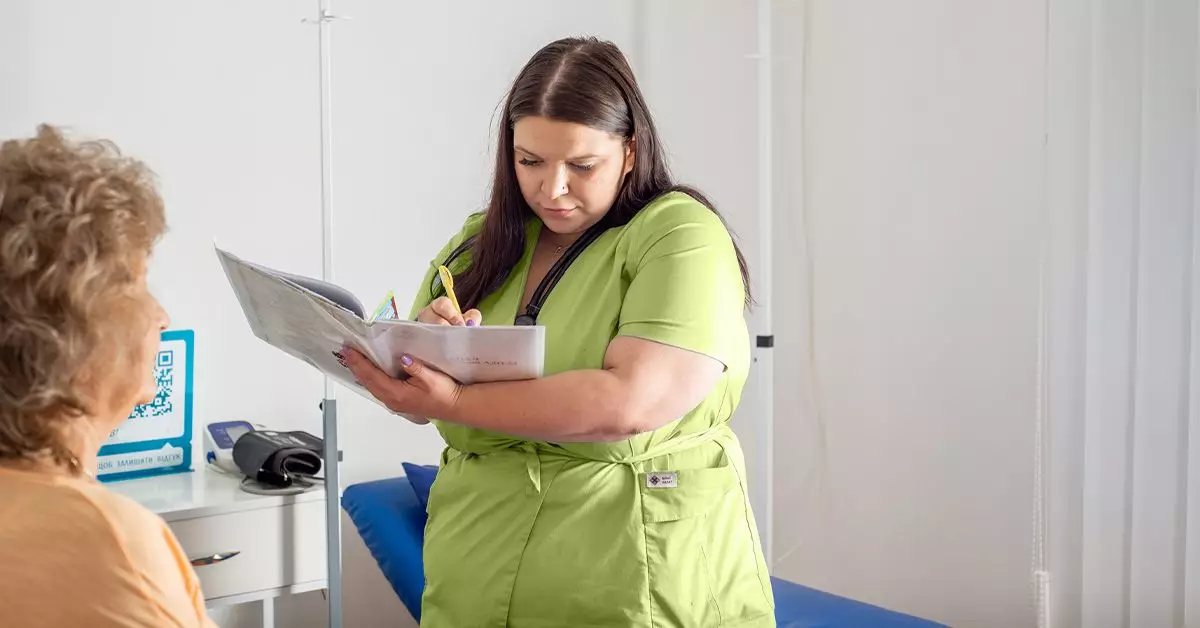Stage 2 Hodgkin’s lymphoma signifies an early yet complex phase of this cancer, involving multiple lymph node groups either above or below the diaphragm. Unlike more advanced stages, it offers a glimmer of hope—yet it demands careful interpretation. The classification as stage 2E, when the cancer advances beyond lymph nodes to nearby organs, underscores the importance of precise diagnosis, influencing both prognosis and treatment. The categorization of “bulky” tumors further complicates the picture, hinting at larger masses that may challenge conventional therapy. These distinctions are not mere technicalities—they shape the entire treatment journey, determining whether aggressive approaches are necessary or if a less intensive plan could suffice. Recognizing the nuances within stage 2 is essential, not just for clinicians but also for patients who need to grasp the gravity and possibilities this stage presents.
The Significance of Favorable Versus Unfavorable
One of the most empowering aspects of a stage 2 diagnosis is its subdivision into favorable and unfavorable categories. Favorable cases, devoid of additional risk factors like organ involvement, bulky tumors, or systemic symptoms, generally have a higher likelihood of remission with standard treatment protocols. Conversely, unfavorable stage 2 signifies a more challenging prognosis, characterized by elements that increase recurrence risk. These factors—such as larger tumors, systemic symptoms, or elevated blood markers—necessitate more aggressive treatments. The differentiation underscores a crucial truth: not all stage 2 diagnoses are created equal. Recognizing whether a patient falls into the favorable or unfavorable category is pivotal, guiding clinicians toward personalized therapy aiming to maximize efficacy while minimizing long-term harm.
Balancing Intensity and Quality of Life in Treatment Strategies
The dominant approach for stage 2 Hodgkin’s lymphoma remains chemotherapy, a cornerstone that has proven remarkably effective. Yet, as recent research highlights, the focus must extend beyond mere survival. With high curability rates well within reach for early-stage disease, the challenge lies in reducing late adverse effects—often associated with chemotherapy and radiation. Contemporary treatment plans are increasingly tailored, considering individual factors like age, overall health, and prior medical history, to strike a delicate balance between aggressive disease eradication and preserving long-term quality of life. The ongoing evolution of protocols aims not only for remission but also for minimizing the risk of secondary malignancies or organ damage down the line. This strategic tuning of treatment intensity exemplifies a forward-thinking approach—one where hope is tempered by the awareness of what lies ahead, motivating both patients and physicians to prioritize survivorship and well-being.
The Path Ahead: Advances and Personal Empowerment
Despite its serious undertones, stage 2 Hodgkin’s lymphoma is one of the most curable forms of cancer, as recent studies affirm. The steady progress in treatment standards reflects a triumph of medical innovation, giving countless patients a fighting chance. However, this journey demands informed engagement; patients must advocate for themselves, asking questions about treatment options, side effects, and prognosis. The evolving landscape of therapies, including targeted treatments and tailored chemotherapy regimens, offers hope that future outcomes will continue to improve. Ultimately, understanding the intricacies of stage 2 Hodgkin’s lymphoma empowers patients—not just to survive but to thrive beyond their diagnosis. It stands as a testament to how scientific advancements can turn a potentially daunting diagnosis into a story of resilience and renewed hope.

